Traditional Fashion Mens Kimono
Step into a world where history intertwines with fashion, and elegance meets tradition through the timeless allure of mens kimono.
With intricate patterns, luxurious fabrics, and meticulous craftsmanship, the mens kimono encapsulates a sophisticated charm that has captivated generations.
But what makes this traditional garment so special, and how has it evolved over time to suit modern tastes and preferences?
Explore the nuances of mens kimono, from its rich history to the diverse styles available today, and uncover the secrets behind its enduring appeal.
Key Points
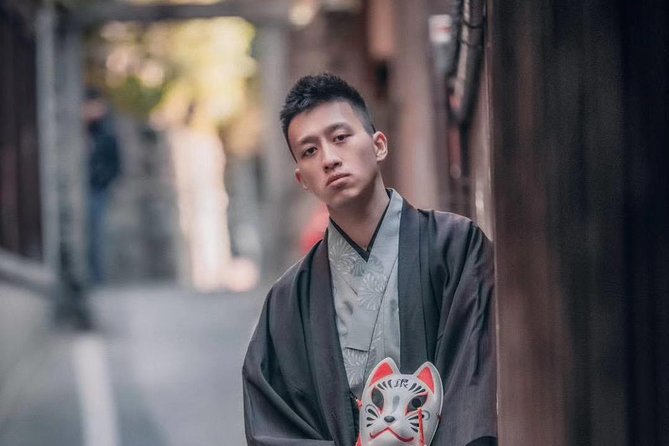
- Mens Kimono symbolizes status and tradition, reflecting identity and social standing.
- Designs feature diverse fabrics and patterns, blending tradition with modern trends.
- Styling tips emphasize color coordination and Obi importance for a polished look.
- Accessories like Obi belts and Geta footwear complete the traditional Mens Kimono ensemble.
History of Mens Kimono
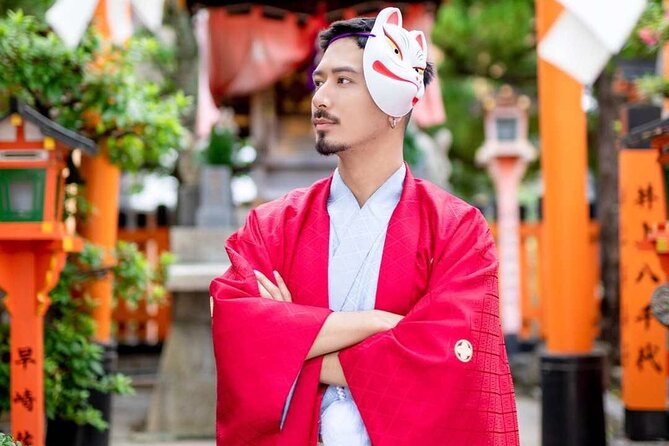
The evolution of the men’s kimono over centuries intricately weaves together Japanese tradition, craftsmanship, and cultural significance. This garment, with its roots tracing back to the Heian period (794-1185), has transformed from a simple robe worn by the nobility to a symbol of status and tradition.
The evolution of the men’s kimono mirrors the changes in Japanese society, adapting to new trends while preserving its cultural heritage. Each fold, fabric choice, and pattern holds a story, reflecting the wearer’s identity and social standing.
The cultural significance of the men’s kimono goes beyond mere clothing; it embodies a sense of respect for tradition, harmony with nature, and appreciation for beauty, making it a timeless piece of Japanese artistry.
Types of Mens Kimono
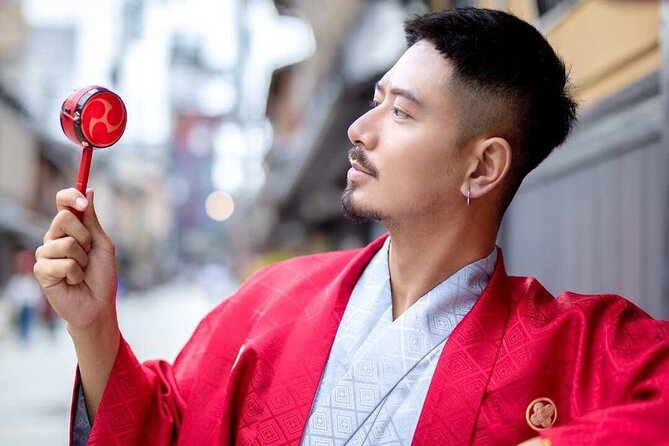
With a rich tapestry of styles and designs, men’s kimonos showcase a vibrant fusion of tradition and modern trends in Japanese fashion. Kimono fabrics vary widely, from luxurious silk for formal occasions to comfortable cotton for everyday wear. Each fabric type brings its own unique texture and look to the garment. Kimono patterns are another essential aspect, ranging from intricate floral motifs to bold geometric designs. These patterns not only add visual interest but also hold symbolic meaning in Japanese culture. Whether adorned with classic motifs or contemporary patterns, men’s kimonos offer a glimpse into the rich heritage and evolving fashion sense of Japan.
| Kimono Fabrics | Kimono Patterns |
|---|---|
| Silk | Floral |
| Cotton | Geometric |
| Linen | Animal |
Styling Tips for Kimono
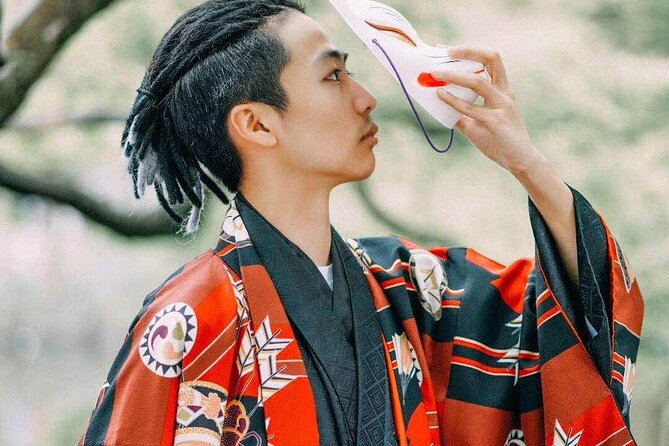
Sporting a kimono with confidence involves mastering the art of harmonizing colors and accessories to create a striking and culturally authentic ensemble. When it comes to kimono tying, the Obi, a wide belt worn around the waist, plays a crucial role in achieving the perfect look. Color coordination is key; for formal occasions, darker colors like navy or black are recommended, while lighter hues are suitable for casual events.
To add a modern twist, consider incorporating contrasting colors or patterns in the Obi or accessories. Remember, the kimono should be the focal point, so keep other elements simple and elegant. By paying attention to details like kimono tying techniques and color choices, one can effortlessly elevate their kimono style.
Kimono Accessories for Men
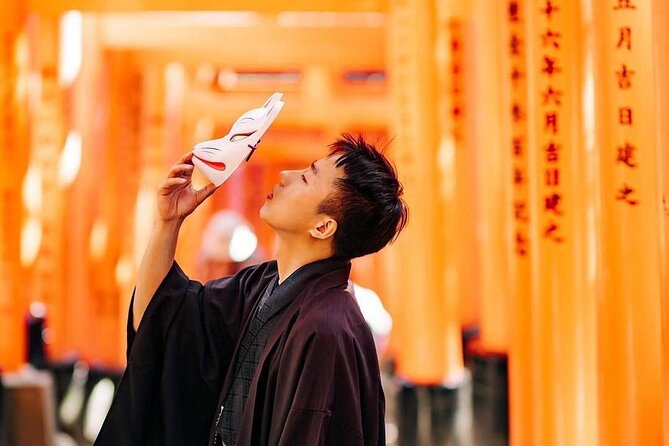
Elevating a traditional men’s kimono ensemble involves carefully selecting and incorporating culturally significant accessories that enhance the overall look with style and authenticity.
The kimono belt, known as an ‘obi,’ plays a crucial role in tying the outfit together. These belts come in various styles, colors, and materials, each symbolizing different occasions or ranks.
Men’s kimono shoes, called ‘geta’ or ‘zori,’ are essential footwear that complements the kimono. Geta are wooden sandals with a thong to keep the foot in place, while zori are more formal with flat soles. Both options bring a touch of tradition and elegance to the overall attire.
Choosing the right kimono belt and shoes can elevate a men’s kimono ensemble to new heights of sophistication and cultural significance.
Where to Buy Mens Kimono

When seeking to purchase traditional men’s kimono, learn about the rich cultural heritage of Japan by exploring specialized boutiques and online stores known for their exquisite collections. These locations offer a wide range of kimono sizing options to ensure a perfect fit and boast a variety of kimono fabrics, including luxurious silk and comfortable cotton. To assist in your search, here is a helpful table showcasing some renowned places to buy men’s kimono:
| Shops | Online Stores |
|---|---|
| Kimono Boutique A | E-Kimono Emporium |
| Tokyo Kimono Haven | Kimono World Wide |
| Kyoto Traditional Wear | Kimono Express |
| Osaka Kimono Loft | Global Kimono Market |
Explore these options to find the ideal men’s kimono that suits your style and preferences.
Common questions
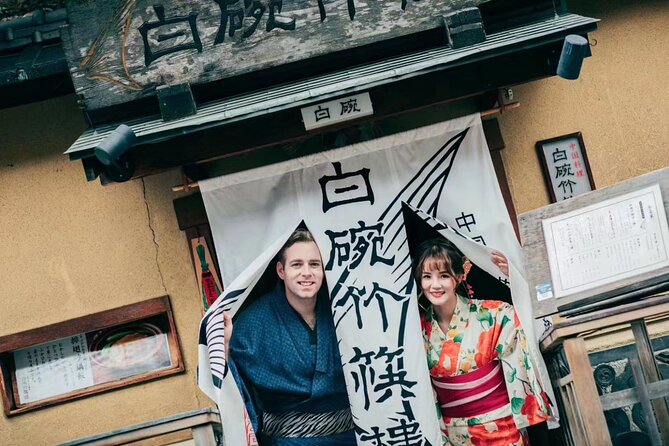
Are There Any Specific Rules or Etiquette That Men Should Be Aware of When Wearing a Kimono?
When wearing a kimono, men should be mindful of kimono etiquette which is deeply rooted in cultural influences. These rules encompass proper garment folding, belt tying, and sleeve length adjustment to honor tradition and show respect.
Can Men Wear Traditional Japanese Hairstyles to Complement Their Kimono Outfit?
Men can enhance their kimono outfits with traditional Japanese hairstyles. Options like topknots or sleek styles complement the cultural aesthetic. Accessories, like ornate hairpins, further elevate the look. It’s important to consider cultural appropriateness and current fashion trends.
Is There a Significance Behind the Colors and Patterns Often Seen on Men’s Kimonos?
Color symbolism and pattern meanings in men’s kimonos hold deep cultural significance, reflecting traditions, social status, and occasions. Each hue and design conveys specific messages, creating a rich tapestry of meanings woven into the fabric of Japanese fashion heritage.
Are There Any Traditional Grooming Practices or Beauty Routines That Are Commonly Associated With Wearing a Kimono?
When wearing a kimono, traditional grooming rituals and beauty routines play a significant role. From intricate hairstyles to meticulous makeup application, these practices enhance the elegance and cultural significance of donning this iconic garment.
How Can Men Incorporate Modern Fashion Trends Into Their Kimono Outfits While Still Respecting the Traditional Style?
To infuse modern trends into kimono outfits while honoring tradition, men can explore street style and athleisure crossovers. This fusion marries contemporary fashion elements with the elegance of a kimono, creating a unique and culturally rich ensemble.
Last Words
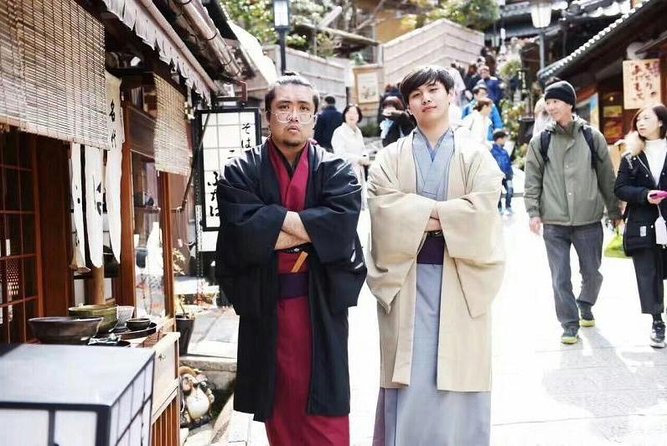
Experience the timeless elegance of traditional fashion mens kimono and step into a world of culture and heritage.
From the history of mens kimono to styling tips and accessories, this immersive activity offers a unique glimpse into the beauty of Japanese attire.
Whether you’re a seasoned traveler or a first-time visitor, this unforgettable experience in Kyoto promises to leave a lasting impression.
Embrace the art of wearing a kimono and learn about the rich cultural traditions of Japan.